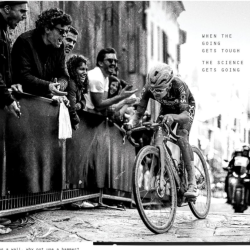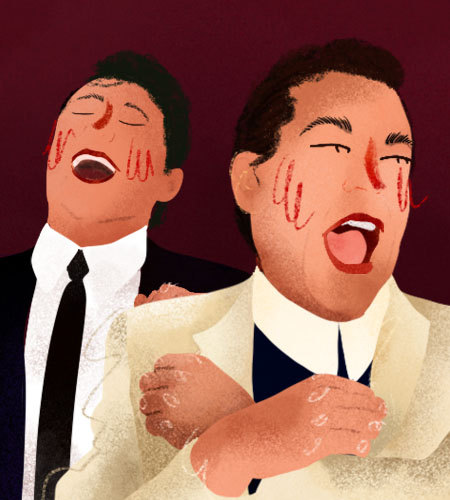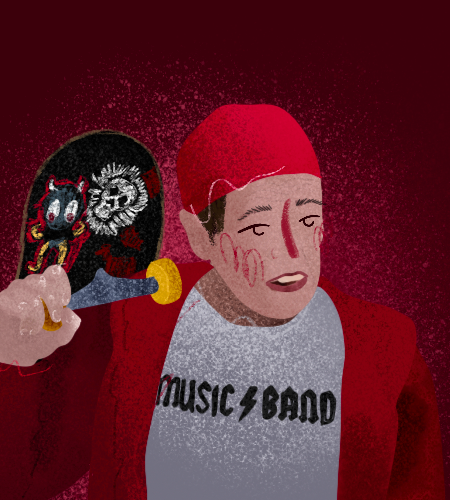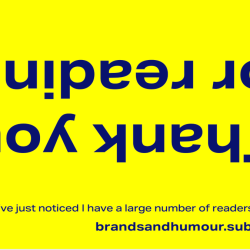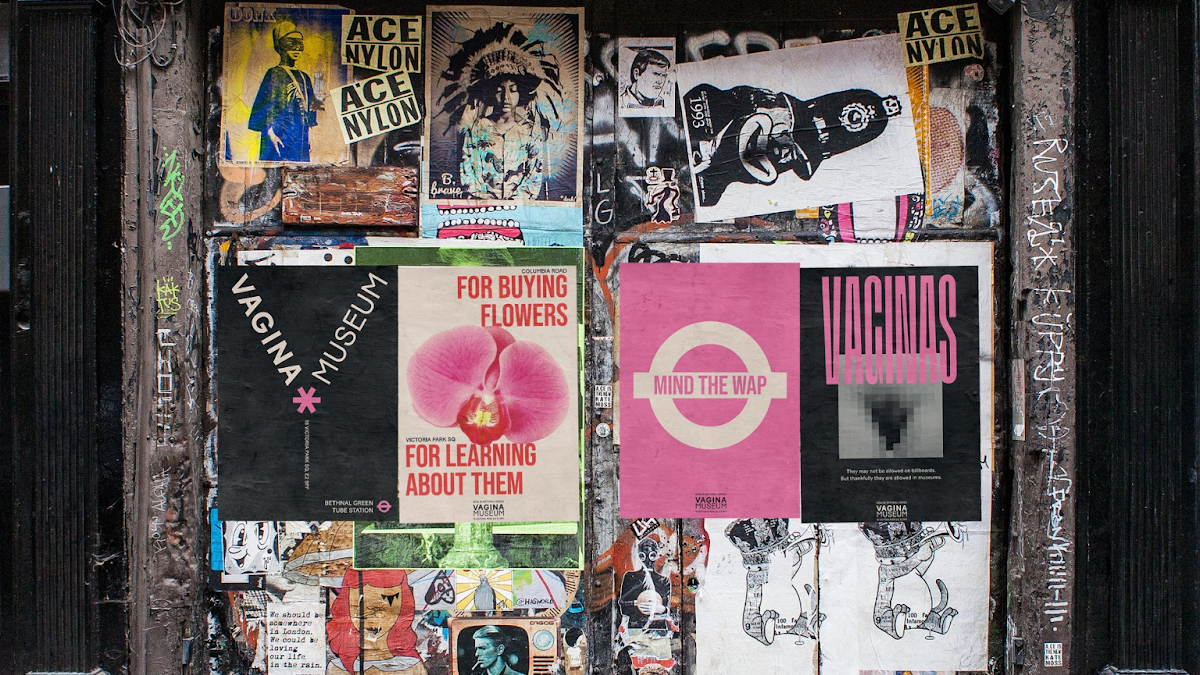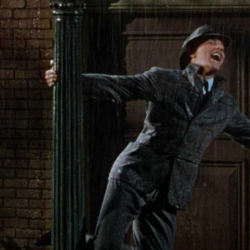I can’t tell a joke. I love jokes, but I can never remember them well enough repeat without screwing ins one way. One of my favourite jokes in a beer ad*. I never remember the brand, just that it has ‘beer’ ‘dog’ and ‘a man pretending to be blind’. We like to laugh and some brands make us laugh in advertising. So why don’t we mentally reward brands that makes us laugh? Its because when what is memorable is unrelated to buying, so is advertising’s effect.
When it comes to emotions in advertising, you need to think beyond the joke to get the last laugh. There are some common areas where marketers (and researchers) draw faulty conclusions about humour, and other emotions, in advertising:
If the joke works the ad works
A key role of advertising is to build useful brand memories. The danger with any joke is it sucks up all the viewer’s cognitive energy and none is left over for the brand or the message. This is a form of ‘vampire effect’ that has been found for celebrities in advertising. A well-known celebrity gets more attention than an equally attractive but unknown model, and this extra attention is at the expense of attention to the brand (see Efrgen paper in key references). A good joke makes you think, but often about something irrelevant to the brand or the category. The effort to generate the emotion is then wasted. An effective joke in advertising channels that cognitive attention to the brand and message, not away from it.
If someone loves the joke, they will love the brand
Another common error is misunderstanding how emotions add value to the brand. It’s not about emotion-to-transfer, but rather emotion-as-transport. The value is not in the emotion itself, but that the emotional response can help create deeper processing of the memories you want to embed. The emotion-as-transport model means to make it work, you need to clearly articulate the cargo you want the emotion to carry. This cargo is (hopefully) the brand and the message.
Overt branding will ruin the joke
While the idea that too much branding ruins an ad is a pervasive fallacy, it rears up prominently when we deal with humour. Actually the evidence shows there is no relationship between the amount of branding, or when you place the branding, and how much people enjoy an advertisement. Here are some examples of the relationship between correct branding and advertising likeability from Chapter 4 in Building Distinctive Brand Assets. A ‘light touch’ on branding will however negatively affect how many people remember the brand. If you have to hold back the brand to make the humour work then the ad might be funny, but the results are unlikely to make you smile, let alone laugh.

An ad can make you laugh or it can make you think, but it can’t do both
Another common misconception is to get an emotion inducing ad you have to make a ‘devils bargain’ and give up having a useful message. However we are well able to process emotionally and rationally at the same time, it’s how we function as humans. Indeed, the best advertising does both.
If category buyers can do it, so can you!
Category buyers can easily separate their feelings about an ad from its branding quality. This is apparent when we connect research findings in advertising memorability and brand buying.
First there is the empirical generalisation in advertising that brand buyers are more likely to remember advertising for brand they buy than brand’s non-buyers (e.g., Harrison, 2015). This highlights a major challenge when trying to reach and affect the memories of the brand’s non-buyers, an important cohort of category buyers for any brand that wants to grow.
Second is another empirical generalisation, which is that buyers like the brands they buy more than the brand’s non-buyers do, because attitudes typically follow behaviours.
So does that mean buyers of a brand will like advertising for that brand substantively more than non-buyers do? The answer is no. Dr Kelly Vaughan found while brand users are more likely to notice advertising for brand they use than non-users, the same lift was not apparent for attitude to the ad. In research across eight categories and 25 brands, there was very little difference (6%) in how enjoyable ad was judged by brand buyers versus the brand non-buyers. To give some sense of how small this difference is, she found brand buyers were 10x (63%) more likely to notice advertising for brands they buy. This shows that viewers assess how they feel about the brand and how they feel about the brand’s advertising differently. And for all you attention junkies out there, Dr Lucy Simmonds found that brand users and non-user viewers of an ad give it the same amount of attention.
Buyers don’t enjoy an ad more just because they buy the brand, they also don’t enjoy the ad less, just because they don’t buy the brand. They don’t pay more or less attention to the ad based on their past buying or using the brand. Therefore once you cut through, the memorable content of the ad, and whether it is relevant to the brand or buying, determines if it works or not. So if your humour distracts from the brand rather than embeds the brand in memory, then the joke is on you!
*Here is the ad I referred to for those interested, warning it is very Australian! Reviewing it again it is surprisingly well branded yet all I remember is the line ‘what did they give me?’ However, it does still make me smile after all these years.
Key references:
- Erfgen, Carsten, Sebastian Zenker, and Henrik Sattler (2015), “The vampire effect: When do celebrity endorsers harm brand recall?,” International Journal of Research in Marketing, 32 (2), 155-63.
- Harrison, Frank (2013), “Digging Deeper Down into the Empirical Generalization of Brand Recall,” Journal of Advertising Research, 53 (2), 181-85.
- Romaniuk, Jenni (2018), Building Distinctive Brand Assets. South Melbourne, Victoria: Oxford University Press.
- Simmonds, Lucy, Steven Bellman, Rachel Kennedy, Magda Nenycz-Thiel, and Svetlana Bogomolova (2020), “Moderating effects of prior brand usage on visual attention to video advertising and recall: An eye-tracking investigation,” Journal of Business Research, 111, 241-48.
- Vaughan, Kelly (2013) Do brand users really pay more attention to advertising? Honours thesis, Ehrenberg-Bass Institute, University of South Australia
Featured image: Rodolfo Quirós / Pexels






